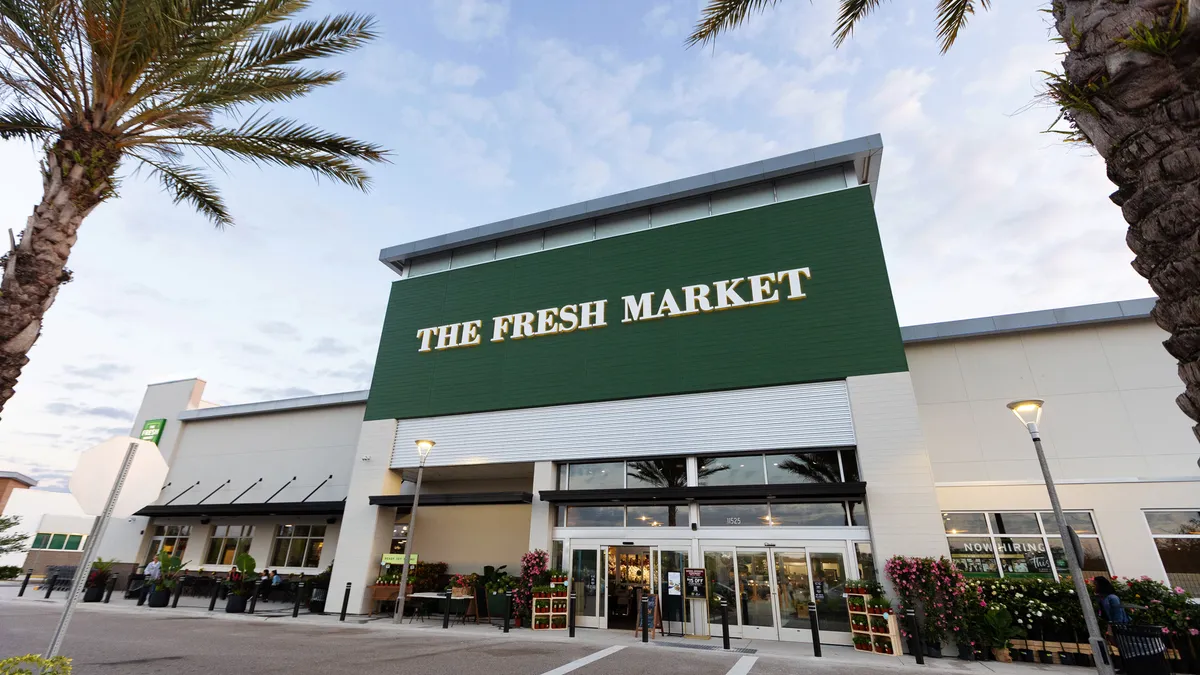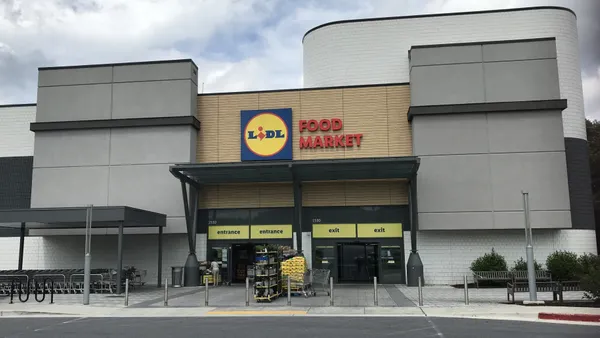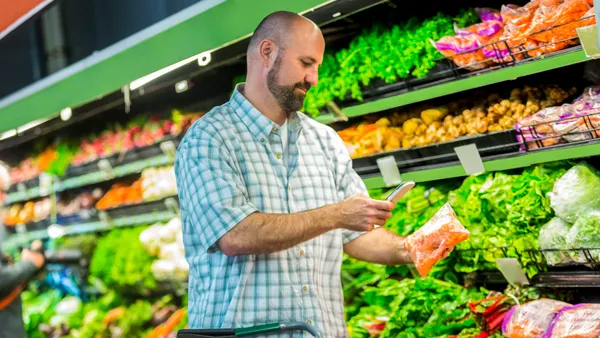Dive Brief:
- A new Nielsen report found there's space for companies who are trying to win with more healthy foods to grow. More consumers are looking for value-added beverages, foods that benefit mental health and lower sugar products that are both convenient and cost less.
- Although sales have increased during the last year for fresh foods (up $4.6 billion), organics (up more than $925 million) and plant-based foods (up $982 million), the majority of Americans aren't making healthy purchases as frequently as they want, the report noted.
- Two-thirds of Americans say their eating habits have changed during the last five years, and three in 10 say they are making more healthy food choices than a year ago, Nielsen found.
Dive Insight:
Despite sales growth from fresh foods, organics and plant-based options that appear to hint at market saturation, Nielsen says these numbers are simply indicative of continually increasing demand. With millennial and Gen Z consumers coming into their own buying power with numbers that surpass previous generations, the already-high demand for healthier options is poised to increase.
Nielsen data indicated although the majority of consumers are attracted by these healthier options, many have not actively made purchasing these choices a part of their lifestyles. Statistics from the report show that 99% of Americans purchase low-fat foods, 86% buy sugar-free and 90% purchase organic, but these items are only bought once or twice a month.
One impediment to consumers purchasing these items more frequently is price. One-third of Americans prioritize price when it comes to item selection, and 75% believe it's important to always get the best price on a product. As a result of price conscientiousness, private label CPG sales have grown at twice the rate of name brands and jumped to nearly $146 billion in the last year, according to Nielsen.
While snacking is slowly replacing the three square meals a day, the reality is that it can be pricier than cooking a meal, especially if consumers are looking for protein- and nutrition-packed options. Nielsen analyzed the cost of convenient protein sources like jerky (25 cents per gram), nutrition bars (20 cents per gram) and nuts (13 cents per gram) and found that these options are six to 12 times more expensive by weight than chicken, pork and turkey, which are all about 2 cents per gram.
At the same time that consumers are seeking lower price points, they also demand increased functionality from products. Younger consumers consider health holistically, and factor their stress levels and mental health into what they buy. According to a SPINS report last year, frozen foods with natural, organic, free-from and functional label claims in particular attract young people.
But it isn't just younger generations. The Mondelez State of Snacking Report found 47% of consumers are looking for functionality to meet their nutritional needs when buying snacks. The Mondelez report noted snacking is preferred to eating meals for 59% of adults worldwide.













